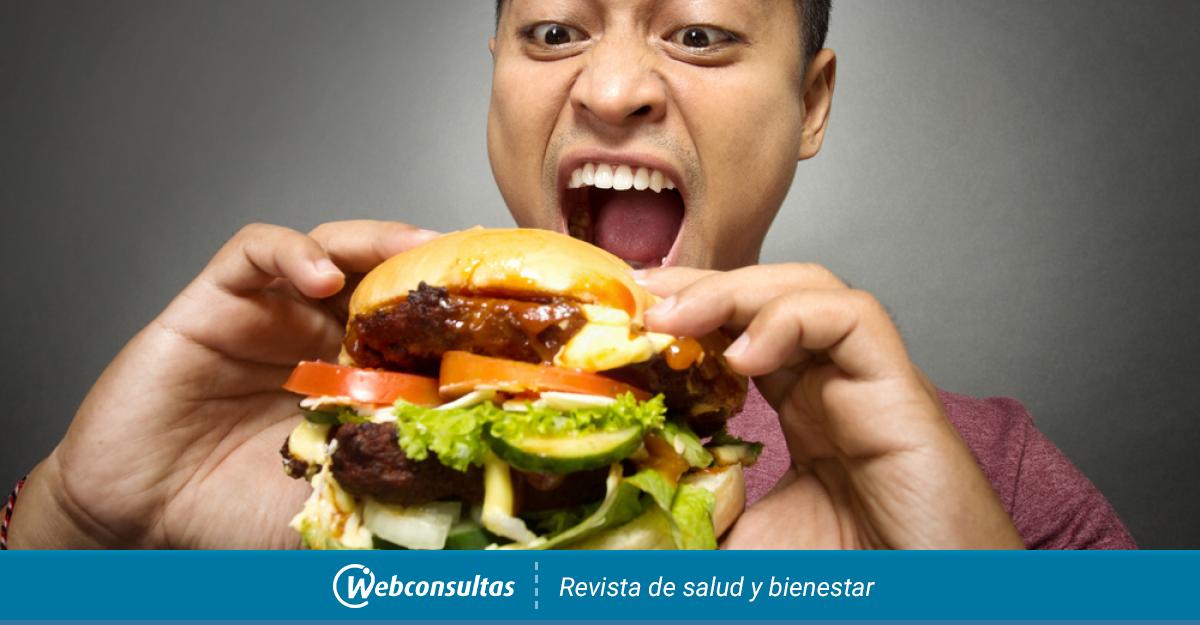Cravings for fat and sugar may be linked to problems in neural connections

Food is a necessity, but it is also a pleasure, and that is unhealthy foods rich in fats and sugars They are the ones that seem most attractive to us; this is a mystery that has not yet been solved. Now a new study conducted by scientists from the Monell Chemical Senses Center (USA) may help explain this preference. The study’s authors analyzed internal neural connections, identifying separate pathways for fat and sugar cravings, and also came to a disturbing conclusion: excessive integration of these pathways triggers our cravings for fat and sugar. desire to eat more than usual.
The taste of food influences our choices, but it is unclear exactly which parts of our brain are involved in this decision. The vagus nerve sends internal sensory information from the gut to the brain about the nutritional value of food, but the molecular basis of reward in the brain associated with what we eat is not fully understood.
“Food is nature’s ultimate nourishment,” said Guillaume de Lartigue, lead author of the study. “But it remains a mystery why fats and sugars are particularly attractive. We have now determined that intestinal nerve cells, not the taste cells in the mouth, are the key factor. “We found that fats and sugars engage different pathways between the gut and the brain, which explains why that donut can be so irresistible.”
Ultimately, this study provides insight into the factors that control “motivated” eating behavior, suggesting that the subconscious internal desire to consume foods high in fat and sugar may counteract efforts to diet. The results were published in Cellular metabolism.
The combination of fats and sugars increases the release of dopamine.
The researchers used advanced technology to directly manipulate fat or sugar neurons in the vagus nervous system and showed that both types of neurons trigger the release of dopamine in the vagus nervous system. brain reward center in mice. They discovered two pathways in the vagus nerve: one for fats, the other for sugars. These circuits, originating in the gut, transmit information to the brain about what we have eaten, setting the stage for food cravings or food cravings.
To determine how fats and sugars affect the brain, they stimulated the intestinal vagus nerves with light. This, in turn, prompted the mice to actively seek out stimuli, in this case food, that activate these circuits. The results showed that sugar and fat are sensed by separate vagal neurons and activate parallel but distinct reward circuits to control the reinforcement of specific nutrients.
“We found that fats and sugars engage different pathways between the gut and the brain, which explains why that donut can be so irresistible.”
Not only that, but they also discovered that activating fat and sugar chains at the same time creates a powerful synergy. “It’s a double whammy for the brain’s reward system,” de Lartigue said. “Even if the total calories consumed in sugar and fat remain the same, the combination of fat and sugar leads to a significantly greater release of dopamine and, ultimately, Eat excessively in mice.”
This finding helps explain why dieting can be a challenge. The human brain may be finely programmed to seek out high-fat and high-sugar combinations, regardless of conscious efforts to resist. “The connection between our gut and brain occurs below the level of consciousness,” Lartigue explained, adding, “We may crave these foods without even realizing it.”
According to the team, this line of research could contribute to future development of strategies and obesity treatment. Guide and regulate gut and brain reward circuits may represent a new approach to avoiding unhealthy eating habits. “Understanding the circuitry of our innate motivation to consume fat and sugar is the first step to changing it,” says Lartigue. “This study opens up exciting possibilities for personalized interventions that can help people make healthier choices even when faced with tempting treats,” he concludes.